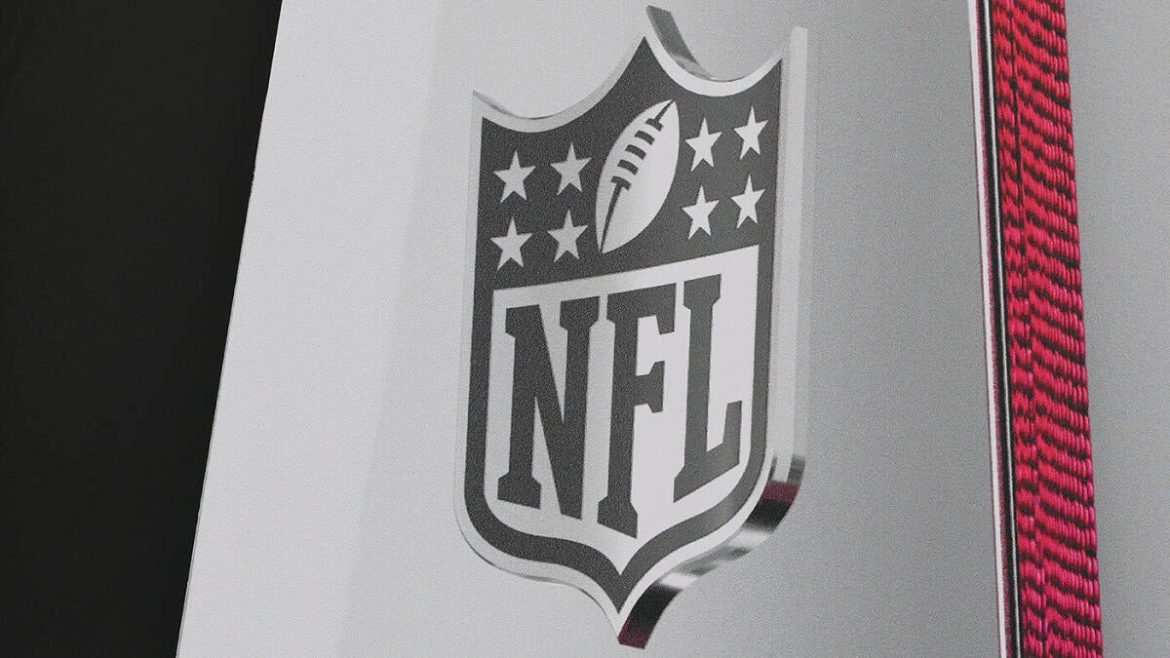The NFL Playoff Format: A Detailed Look at the 2025 Proposed Changes
The landscape of the NFL postseason could experience one of its most significant shifts in recent history with a potential overhaul of the playoff seeding system slated for a vote by team owners in 2025. Rooted in an effort to enhance competitive fairness and respond to evolving league dynamics, this reform targets how teams are ranked and matched after the opening round of the playoffs, signaling a rethink of long-standing traditions.
Context and Current Format Challenges
Traditionally, the NFL playoffs have involved 14 teams: four division champions and three wild cards from each conference. These teams are seeded with division winners generally getting priority seedings, regardless of overall record, which sometimes leads to scenarios where teams with inferior records gain home-field advantage over teams with superior records. Such outcomes have fueled debate about whether the current format optimally ensures fairness and competitiveness throughout the postseason.
Further complications arise in scenarios where division champions hold losing or barely winning records yet are given preference in seeding over stronger wild card teams. For example, in the 2022 season, the Tampa Bay Buccaneers won their division with an 8-9 record. This stark imbalance prompts questions about the best way to reward season-long performance, which many proponents argue should be primarily dictated by overall records rather than division standing alone.
Proposed Changes to the Playoff Seeding System
According to multiple reports, including insights from ESPN and Sports Illustrated’s Albert Breer, the NFL owners meeting in Minneapolis next week is expected to deliberate and vote on a new system that would reseed teams after the wild-card round primarily based on their regular-season records. This means after the first playoff games, the teams would be realigned so the highest surviving seed plays the lowest surviving seed, emphasizing merit-based progression.
The core essence of the proposal implies:
– Each conference will continue to send seven teams (four division champions and three wild cards).
– Initial seeding may still honor division winners for the first round.
– Subsequent rounds would involve reseeding so that matchups reflect the best versus the weakest surviving team based strictly on record.
This approach intends to preserve the excitement and reward for winning a division while also correcting some perceived inequities in determining home-field advantage and competitive matchups deeper into the playoffs.
Additional Related Proposals and Potential Impacts
Besides the playoff reseeding vote, owners are also set to consider banning the controversial “Tush Push” tactic—a quarterback sneak maneuver that has gained notoriety for its effectiveness and contentious legality. This denotes the league’s simultaneous focus on both structural and rule-based evolutions to the game.
If approved, the reseeding change will have notable implications:
– Increased Incentive to Win Every Game: Teams will push harder to finish with the best records to secure favorable reseeding beyond the first round.
– Potential Elimination of “Weak” Division Champions Advantage: Lower-performing division winners would not maintain seeding advantages against higher-performing wild card teams.
– More Competitive and Balanced Playoff Matchups: The reseeding system rewards the most successful teams with a statistically easier path, enhancing fairness.
– Complexity in Bracket Predictions: For fans and analysts, postseason brackets will become more dynamic as exact matchups won’t be fixed after the first round but depend on game outcomes.
Why the Change Is on the Table Now
The timing aligns with other league shifts, notably the transition to an 18-game regular season. As the sheer volume of games grows, the NFL faces mounting pressure to keep each contest meaningful, particularly late in the season when playoff positioning becomes clearer. The reseeding proposal supports this by incentivizing teams not only to win but to position themselves optimally in the playoff pecking order, thus maintaining fan engagement.
Furthermore, the move reflects cumulative feedback from players, coaches, executives, and fans, many of whom express frustration with the existing system’s occasional unfairness. The NFL’s business model thrives on highly competitive, unpredictable playoff matchups, and this seed adjustment aims to protect and enhance that excitement.
Potential Criticisms and Challenges
Despite its merits, the proposed playoff changes may face opposition due to tradition and complexity. Critics might argue:
– Overvaluation of Wild Card Teams: Some purists might feel that division winners’ accomplishments deserve more weight.
– Bracket Uncertainty: The reseeding model reduces the certainty fans often prefer when filling out brackets well in advance.
– Scheduling and Logistics: Reshuffling matchups post-first round could complicate travel and event planning for teams and fans.
Summary: What Lies Ahead for the NFL Postseason?
The upcoming vote by NFL owners on the playoff reseeding proposal marks a pivotal moment that could redefine how NFL champions are crowned starting in 2025. By shifting the emphasis toward rewarding teams with the best overall performance after the opening playoff rounds, the league seeks to enhance competitive equity and maintain the integrity of postseason football.
Alongside other rule changes like potentially banning the “Tush Push,” these moves underscore the NFL’s responsiveness to evolving game dynamics and public sentiment. Should the vote pass, we can expect more intense regular-season fights for top records, the elimination of certain seeding controversies, and playoff matchups that better reflect team merit.
The NFL postseason, a spectacle steeped in tradition but always primed for evolution, stands on the cusp of transformation that promises to excite fans, challenge teams, and elevate the purity of competition at football’s most decisive stage.





